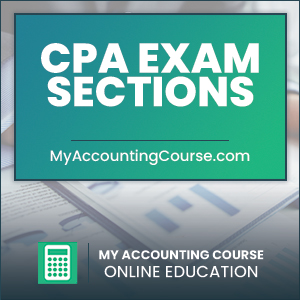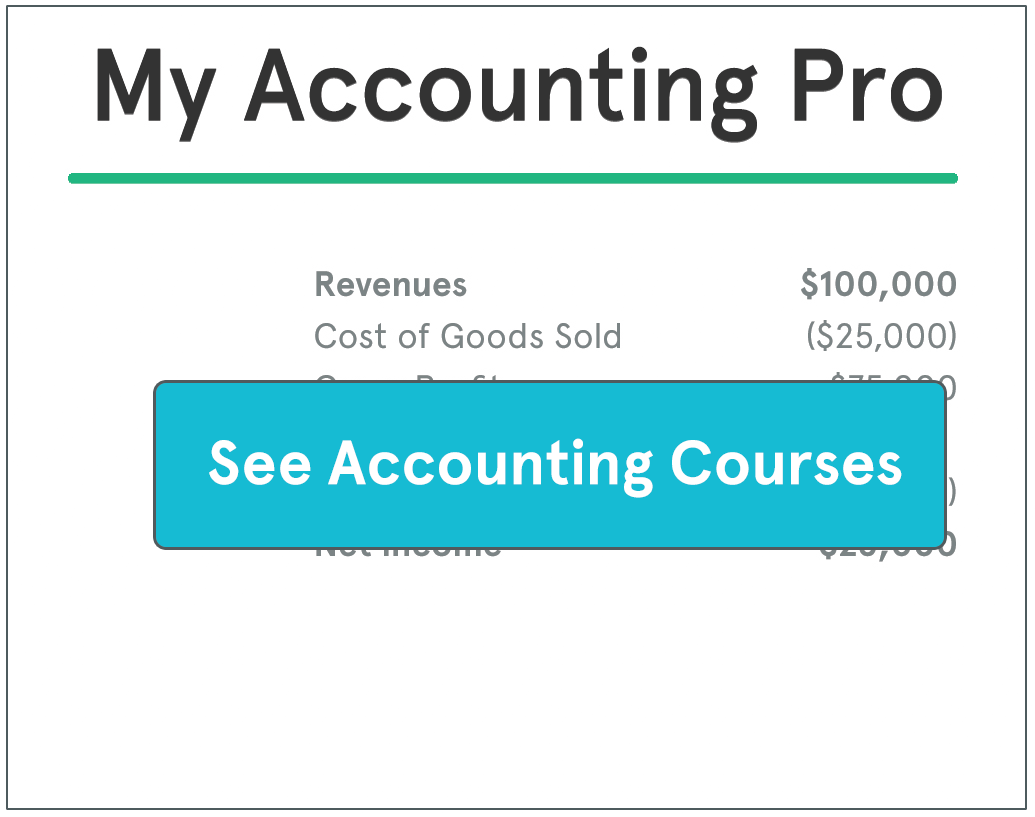 The Certified Public Accountant (CPA) Exam is one of the most challenging and respected professional certification exams in the accounting industry. It serves as the gateway to becoming a licensed CPA and consists of four distinct sections, each designed to evaluate a candidate’s competency in different areas of accounting, auditing, business concepts, and regulations.
The Certified Public Accountant (CPA) Exam is one of the most challenging and respected professional certification exams in the accounting industry. It serves as the gateway to becoming a licensed CPA and consists of four distinct sections, each designed to evaluate a candidate’s competency in different areas of accounting, auditing, business concepts, and regulations.
To successfully pass the CPA Exam, candidates must understand the structure of each section, the types of questions they will encounter, and the key topics covered.
This guide provides a detailed breakdown of the four CPA Exam sections, explaining what each section tests, its format, and tips for effective preparation. Whether you are just starting your CPA journey or refining your study plan, understanding these sections is essential for success.
Understanding the CPA Exam Structure
Contents
The CPA Exam is administered by the American Institute of Certified Public Accountants (AICPA) in partnership with the National Association of State Boards of Accountancy (NASBA). It is a computer-based exam divided into four sections:
- Auditing and Attestation (AUD)
- Business Environment and Concepts (BEC)
- Financial Accounting and Reporting (FAR)
- Regulation (REG)
Each section is four hours long, and candidates must pass all four within an 18-month rolling window to obtain CPA licensure. The exam is structured to assess both theoretical knowledge and the ability to apply accounting principles in real-world scenarios.
Each section includes three types of questions:
- Multiple-choice questions (MCQs) – Test knowledge of concepts and principles.
- Task-based simulations (TBSs) – Assess application of knowledge through real-world accounting scenarios.
- Written communication tasks – Exclusive to the BEC section, these require candidates to draft professional memos or reports.
CPA Section Format
The CPA exam consists of four sections. Each section covers different topics and materials.
All the sections have 3-4 testlets multiple-choice questions. AUD, FAR, and REG all have task-based simulations where business situations are given and you are expected to compute calculations and show your real-life understanding of the topics.
The BEC section has a written communications section that requires four business essays written on various topics.
Now, let’s explore each CPA Exam section in detail.
Auditing and Attestation (AUD) Section Format
The Auditing and Attestation (AUD) section evaluates a candidate’s understanding of audit procedures, internal controls, professional ethics, and attestation engagements. This section is crucial for those planning to work in public accounting, auditing, or assurance services.
Exam Format
- 72 multiple-choice questions (MCQs)
- 8 task-based simulations (TBSs)
- No written communication tasks
Key Topics Covered
- Ethics, Professional Responsibilities, and General Principles – Understanding the AICPA Code of Professional Conduct and ethical standards for auditors.
- Assessing Risk and Developing Audit Strategies – Evaluating financial risks, fraud, and designing audit plans.
- Performing Audit Procedures and Obtaining Evidence – Conducting substantive testing, evaluating internal controls, and gathering audit evidence.
- Forming Conclusions and Reporting – Issuing audit opinions, understanding reporting requirements, and evaluating misstatements.
Tips for Success
- Focus on understanding audit processes and risk assessment.
- Practice applying auditing standards to different scenarios through task-based simulations.
- Review sample audit reports and learn how to interpret audit findings.
Business Environment and Concepts (BEC) Section Format
The Business Environment and Concepts (BEC) section is unique because it covers a broad range of business-related topics, including corporate governance, economic concepts, financial management, and information technology. It is also the only CPA Exam section that includes written communication tasks.
Exam Format
- 62 multiple-choice questions (MCQs)
- 4 task-based simulations (TBSs)
- 3 written communication tasks
Key Topics Covered
- Corporate Governance – Understanding internal control frameworks, risk management, and business ethics.
- Economic Concepts and Analysis – Microeconomic and macroeconomic principles, market influences, and cost behavior.
- Financial Management – Capital structure, budgeting, financial risk, and valuation methods.
- Information Technology and Data Management – Cybersecurity, business continuity, and IT controls.
- Operations Management – Performance metrics, process improvements, and project management principles.
Tips for Success
- Practice writing clear, concise, and professional responses for the written communication section.
- Strengthen your understanding of financial management and economic principles.
- Review IT concepts, as they play an increasingly important role in business decision-making.
Financial Accounting and Reporting (FAR) Section Format
The Financial Accounting and Reporting (FAR) section is widely regarded as the most challenging part of the CPA Exam due to its extensive coverage of financial reporting standards, complex calculations, and in-depth accounting principles. This section is crucial for candidates pursuing roles in financial reporting, corporate accounting, and regulatory compliance.
Exam Format
- 66 multiple-choice questions (MCQs)
- 8 task-based simulations (TBSs)
- No written communication tasks
Key Topics Covered
- Conceptual Framework and Financial Reporting – Understanding Generally Accepted Accounting Principles (GAAP) and reporting frameworks.
- Financial Statement Accounts – Revenue recognition, leases, pensions, and asset valuation.
- Governmental Accounting – Fund accounting, governmental financial reporting, and GASB standards.
- Nonprofit Accounting – Unique accounting principles for nonprofit organizations.
- Transactions and Events – Consolidations, business combinations, and foreign currency transactions.
Tips for Success
- Memorize key financial reporting standards and how they apply to different accounting scenarios.
- Practice solving complex financial calculations under time constraints.
- Pay special attention to governmental and nonprofit accounting, as they follow different reporting rules.
Regulation (REG) Section Format
The Regulation (REG) section tests candidates on taxation, business law, and professional ethics. This section is particularly important for those who plan to work in tax accounting, corporate law, or compliance roles.
Exam Format
- 76 multiple-choice questions (MCQs)
- 8 task-based simulations (TBSs)
- No written communication tasks
Key Topics Covered
- Ethics and Professional Responsibilities – Understanding AICPA’s tax code of conduct and ethical considerations for tax professionals.
- Business Law – Contract law, agency law, federal regulations, and legal responsibilities.
- Federal Taxation of Individuals – Income tax, deductions, credits, and estate taxation.
- Federal Taxation of Entities – Corporate, partnership, and estate taxation rules.
- Property Transactions – Capital gains, basis rules, and property exchanges.
Tips for Success
- Understand key tax laws and how they apply to individuals and businesses.
- Practice answering tax-related simulations, as they require applying knowledge to real-world scenarios.
- Memorize common business law principles and their applications in CPA practice.
Frequently Asked Questions
What are the four sections of the CPA Exam?
The CPA Exam consists of four sections: Auditing and Attestation (AUD), Business Environment and Concepts (BEC), Financial Accounting and Reporting (FAR), and Regulation (REG). Each section tests a different aspect of accounting, auditing, taxation, and business concepts.
Which CPA Exam section is considered the most difficult?
Many candidates find Financial Accounting and Reporting (FAR) to be the most challenging due to its extensive coverage of financial reporting standards, complex calculations, and in-depth accounting concepts. However, difficulty varies based on a candidate’s strengths and experience.
How long do I have to pass all four sections of the CPA Exam?
Candidates must pass all four sections within an 18-month rolling window, starting from the date they pass their first section. If a section is not passed within this period, the earliest passed section will expire, and it must be retaken.
Does every CPA Exam section have the same format?
While all sections include multiple-choice questions (MCQs) and task-based simulations (TBSs), only the BEC section includes written communication tasks. Each section is four hours long, but the number of questions and simulations varies by section.
Bottom Line
The CPA Exam is a rigorous test designed to evaluate candidates’ knowledge and skills across four essential areas: Auditing and Attestation (AUD), Business Environment and Concepts (BEC), Financial Accounting and Reporting (FAR), and Regulation (REG). Each section requires a different approach to studying, and understanding the format and key topics of each can help candidates develop an effective preparation strategy.
Success on the CPA Exam comes down to consistent studying, strong time management, and strategic practice with multiple-choice questions and task-based simulations. By mastering each section’s content and familiarizing yourself with the exam format, you can improve your chances of passing all four sections within the 18-month window and moving one step closer to earning your CPA license.


